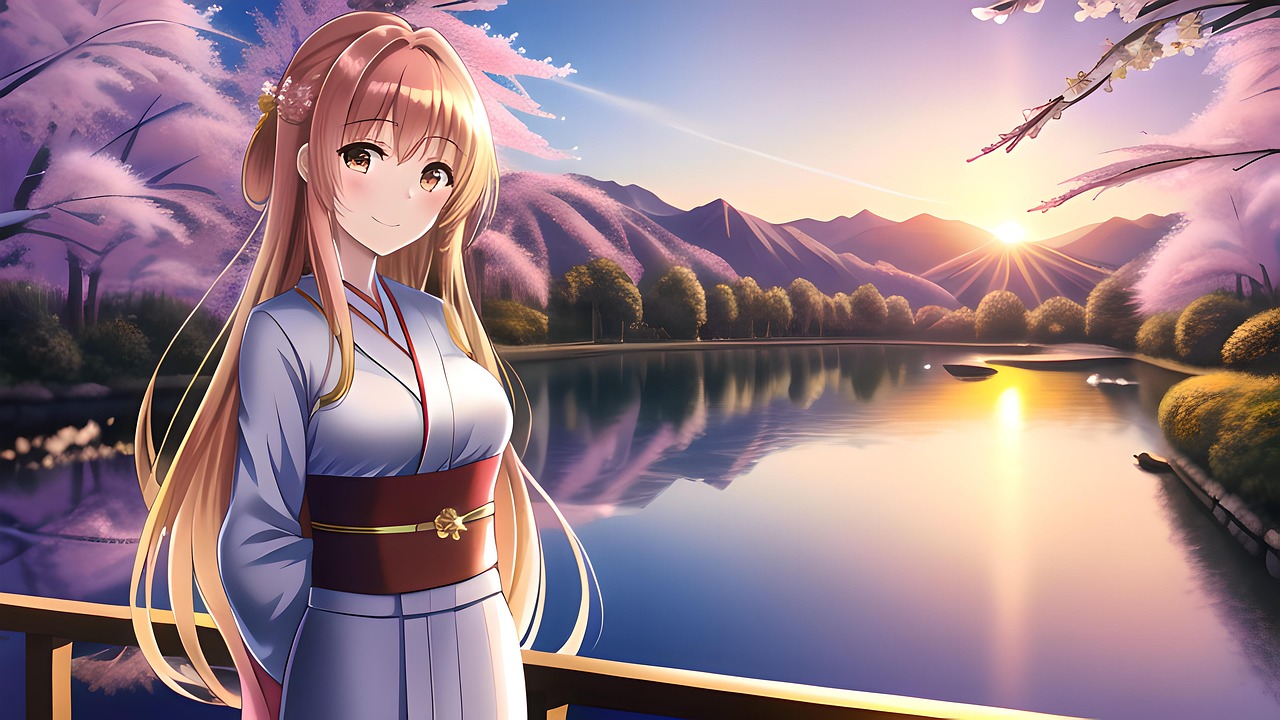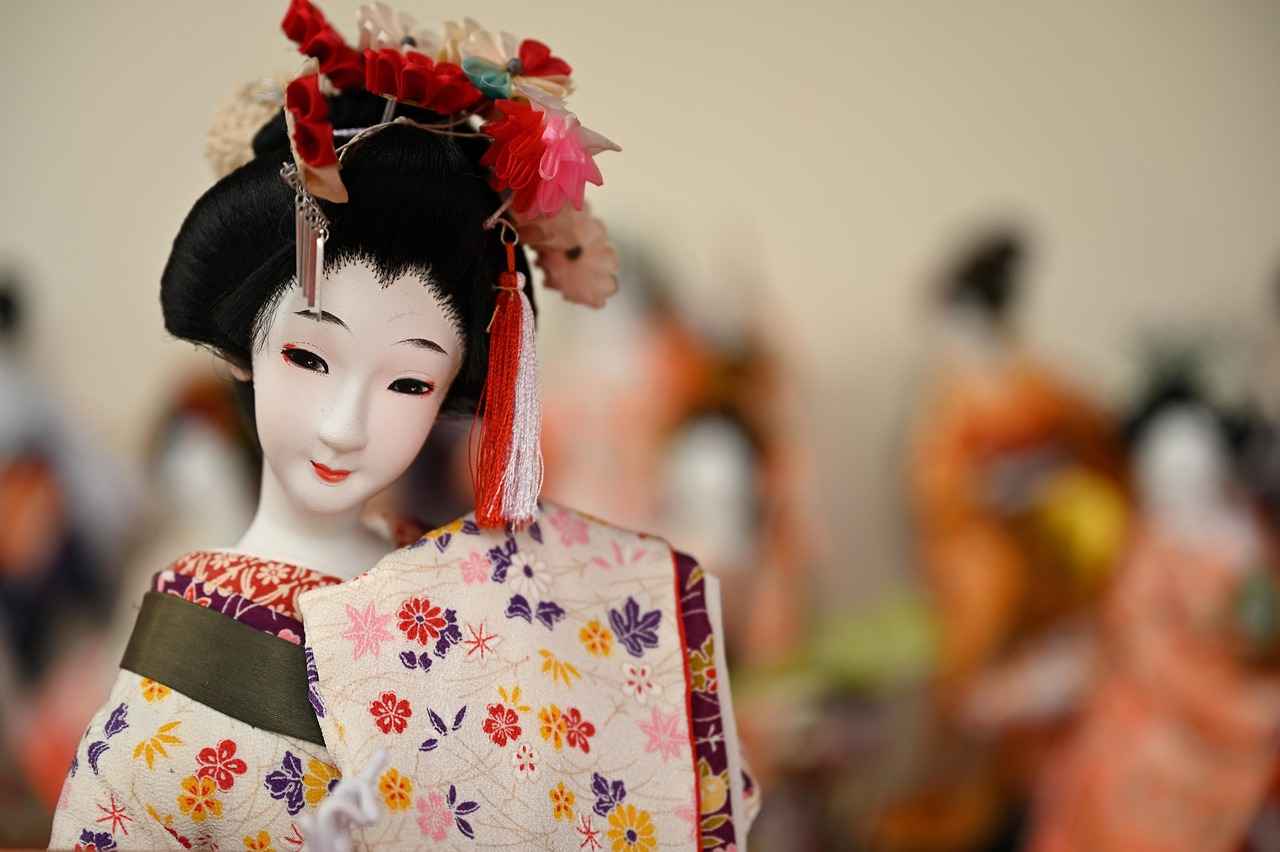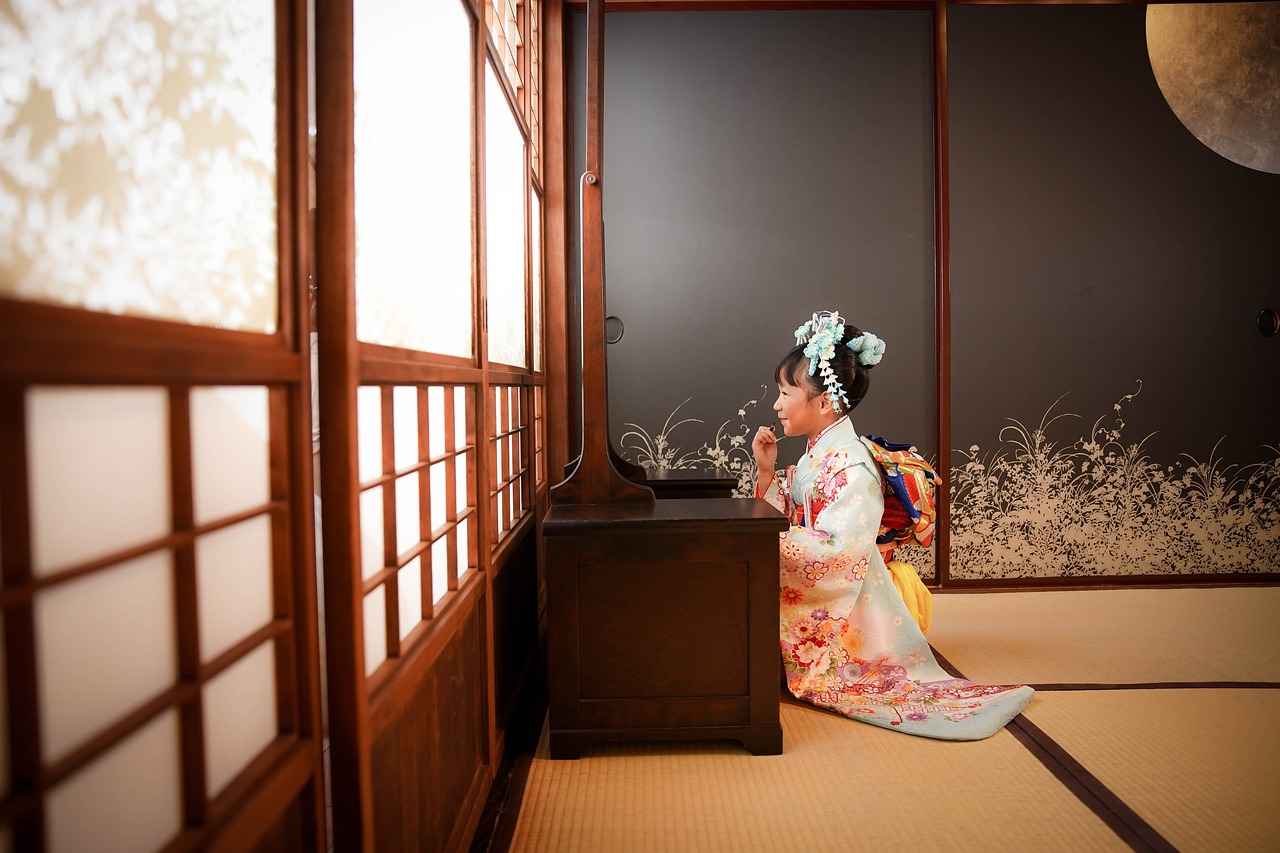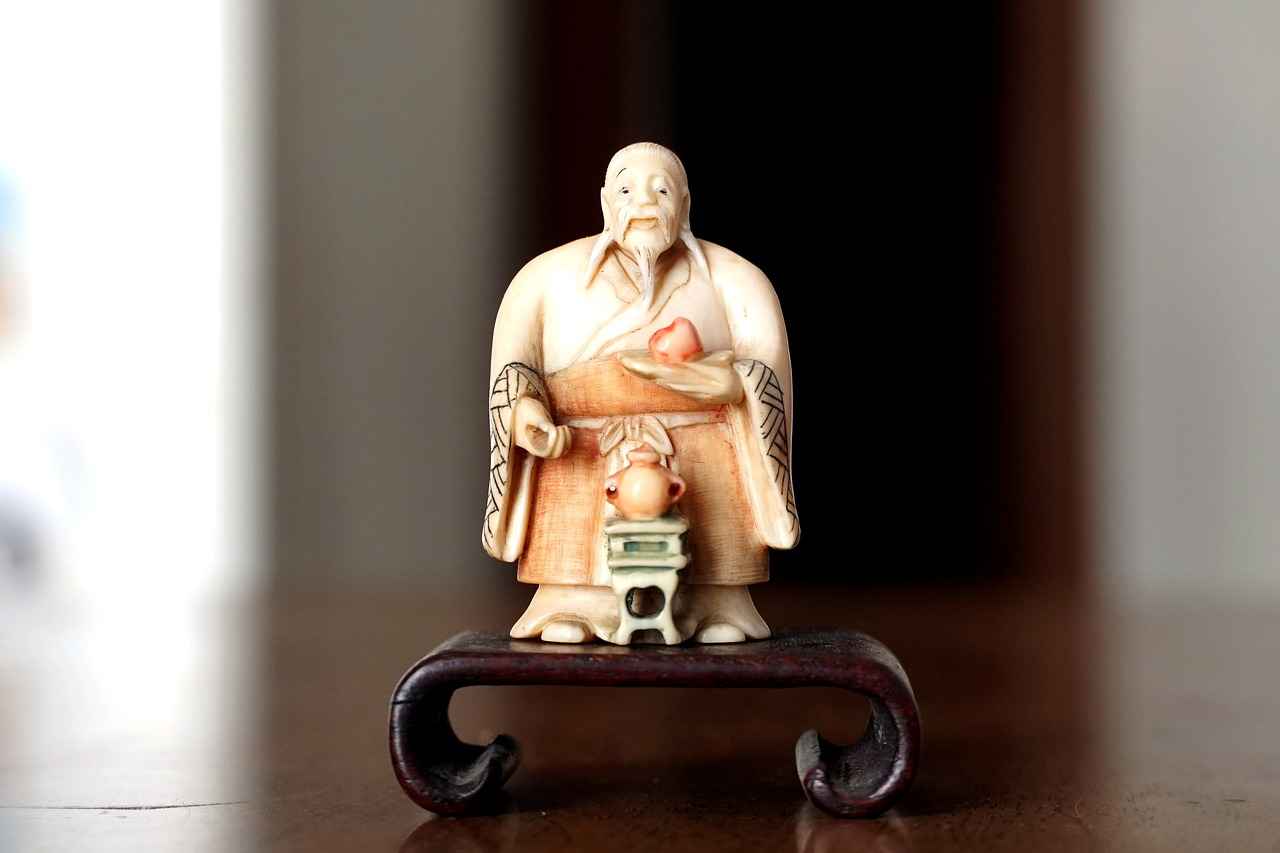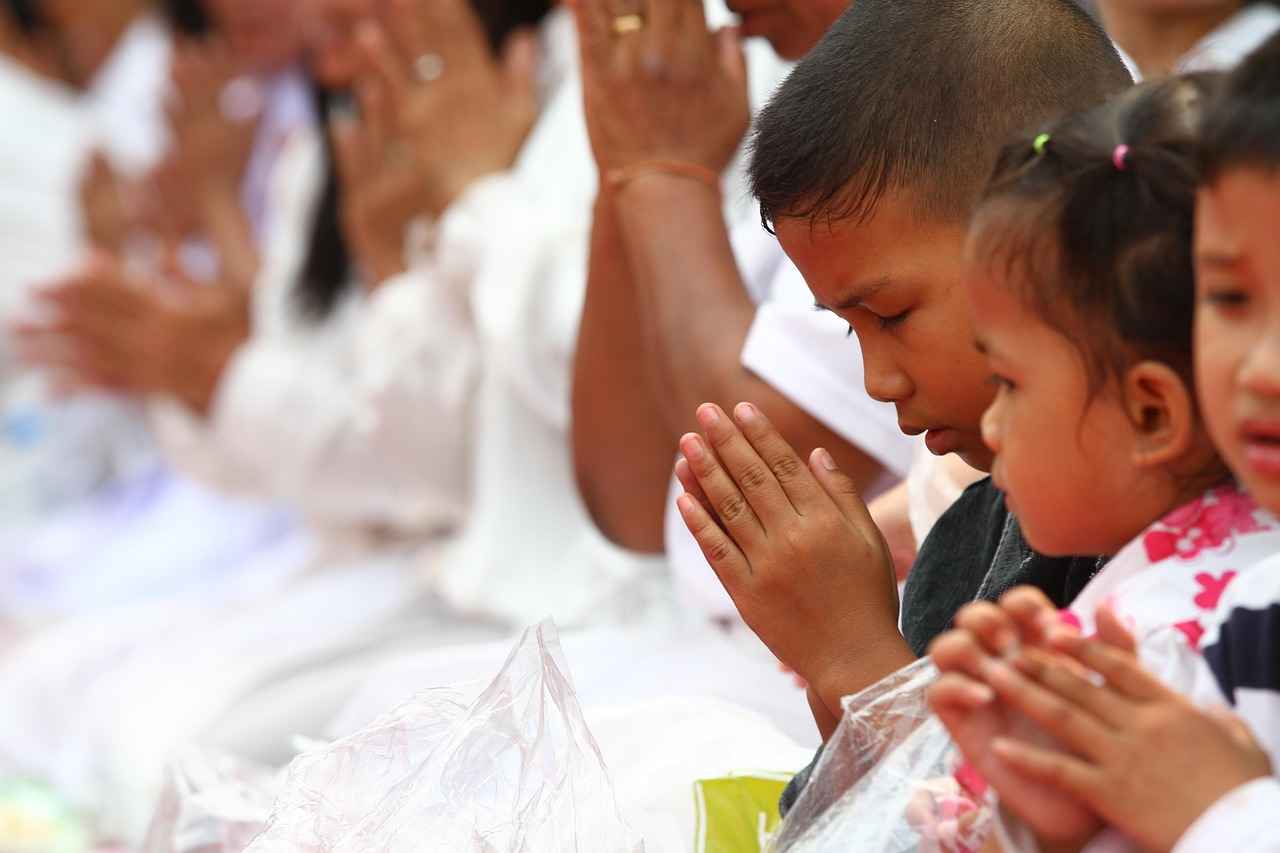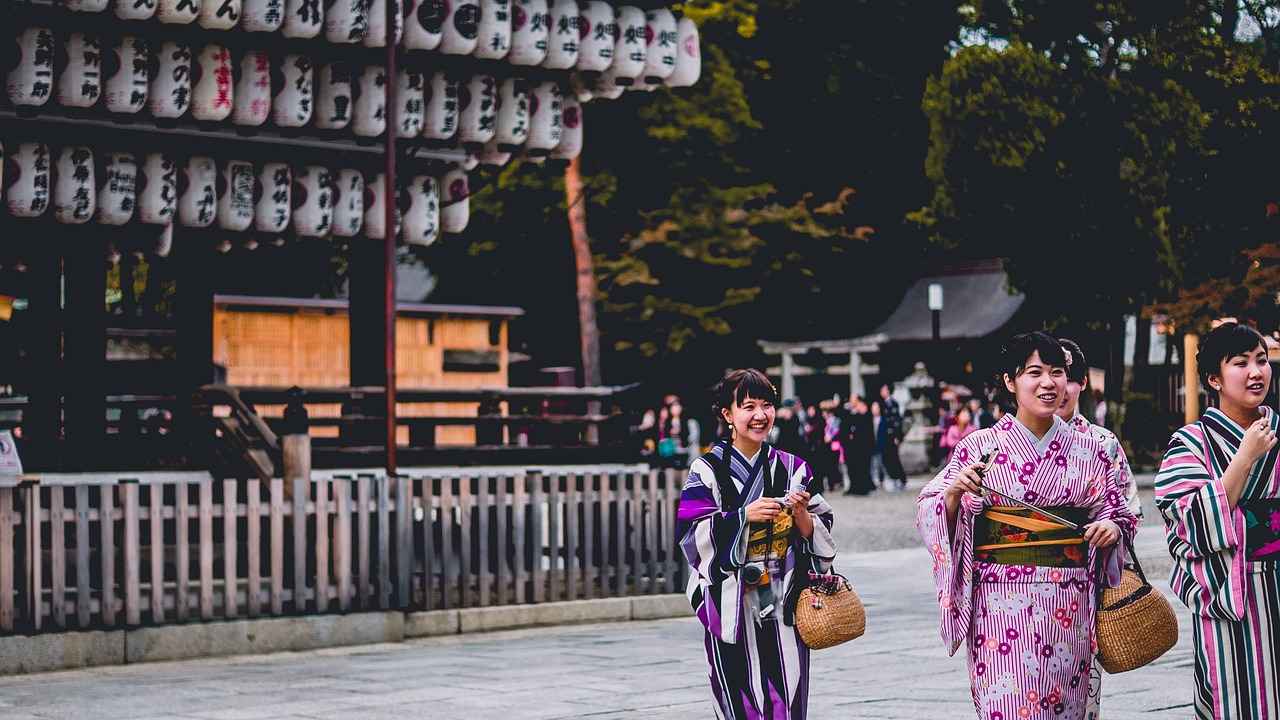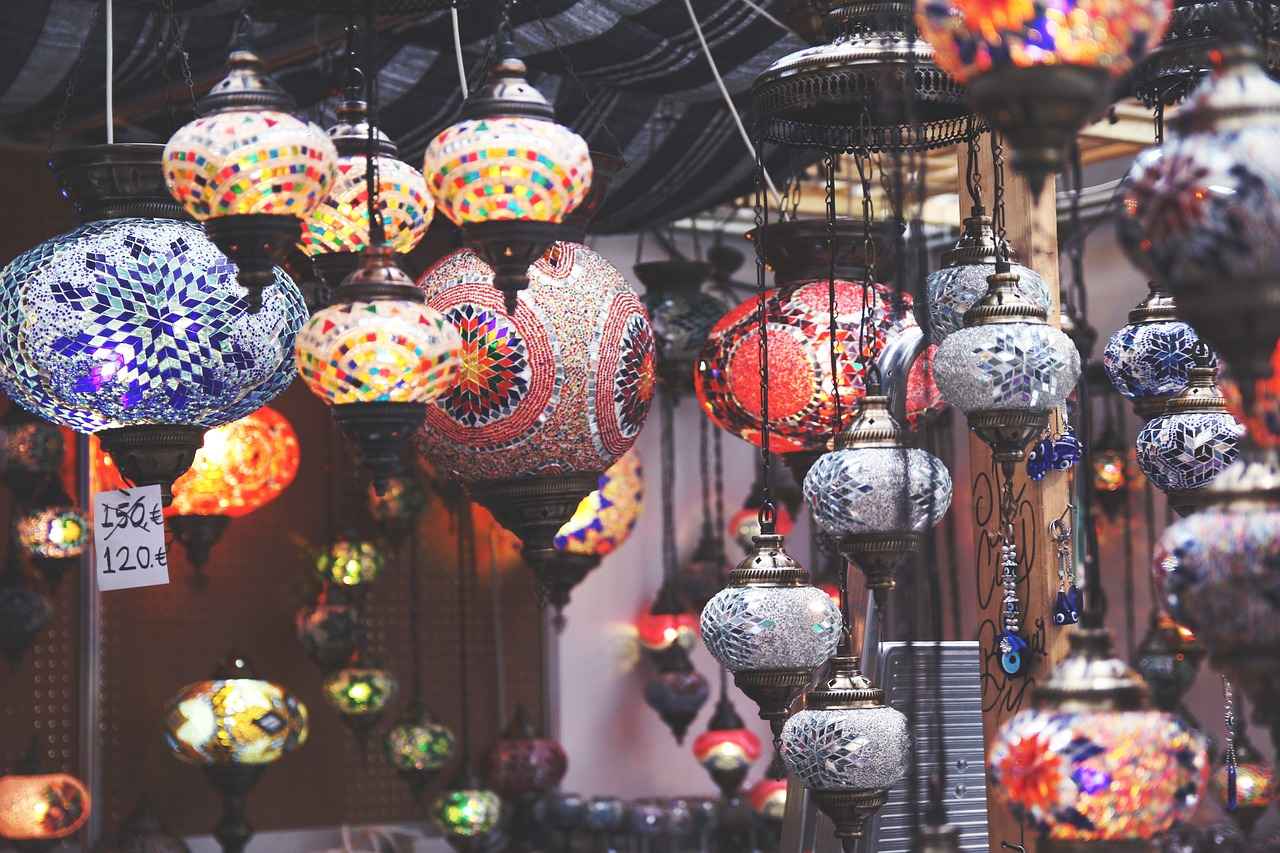This article delves into the rich history and diverse types of kimono, highlighting their cultural significance, evolution, and the craftsmanship involved in creating these traditional garments. Kimonos are not just clothing; they represent a deep connection to Japanese heritage and artistry.
What is a Kimono?
A kimono is a traditional Japanese garment known for its distinctive long sleeves and wrap-around design. It serves as a symbol of Japanese culture and has undergone significant changes in style and meaning throughout the centuries.
The Origins of Kimono
The history of kimono traces back to the Heian period (794-1185), where it began as a simple garment. Understanding its origins provides insight into its cultural importance and transformation over time.
Heian Period: The Birth of Kimono
During the Heian period, the kimono developed into a layered garment, reflecting the intricate fashion of that era. This period laid the groundwork for the styles we recognize today.
Fabric and Dyes in Early Kimono
Early kimonos were crafted from silk and dyed with natural colors, showcasing the artistry and resources available in ancient Japan. These materials were essential in defining the garment’s elegance.
Design Influences in the Heian Era
The designs of kimonos during this period were heavily influenced by court culture, featuring motifs that represented nature, seasons, and social status, thus showcasing the wearer’s identity.
Evolution Through the Ages
As Japan transitioned through various historical periods, the kimono adapted to reflect societal changes, including the Edo period‘s distinct styles that emphasized color and patterns.
Types of Kimono
There are several types of kimono, each serving different purposes and occasions. Understanding these types helps appreciate their unique characteristics and the ceremonies they accompany.
- Furisode: A formal kimono for young unmarried women, recognized for its long sleeves and vibrant colors. It symbolizes youth and is often worn during significant life events.
- Yukata: A lightweight cotton kimono typically worn in summer, perfect for festivals and outdoor events, making it popular among all ages.
The Craftsmanship of Kimono Making
Creating a kimono involves meticulous craftsmanship, from selecting the fabric to intricate sewing techniques. This section delves into the artistry and skill required in kimono production.
Materials Used in Kimono Production
Kimonos are primarily made from silk, cotton, and synthetic fabrics. The choice of material significantly impacts the garment’s appearance, comfort, and suitability for various occasions.
Traditional Techniques in Kimono Crafting
The process of making a kimono involves traditional techniques such as hand-dyeing and weaving, which have been passed down through generations, preserving the art of kimono-making.
The Cultural Significance of Kimono
Kimonos embody Japanese culture and tradition. This section examines the cultural relevance of kimonos in modern Japan and their role in ceremonies.
Kimono in Japanese Ceremonies
Kimonos play a vital role in various Japanese ceremonies, including weddings, tea ceremonies, and festivals. Each occasion has specific kimono styles that enhance its significance.
Modern Adaptations of Kimono
In contemporary Japan, kimonos have evolved to reflect modern fashion trends, with designers blending traditional elements with modern aesthetics, making kimonos accessible to a wider audience.
Conclusion: The Timeless Appeal of Kimono
The kimono remains a timeless symbol of Japanese heritage, embodying the beauty of tradition and craftsmanship. Its rich history and cultural significance continue to inspire appreciation and respect worldwide.
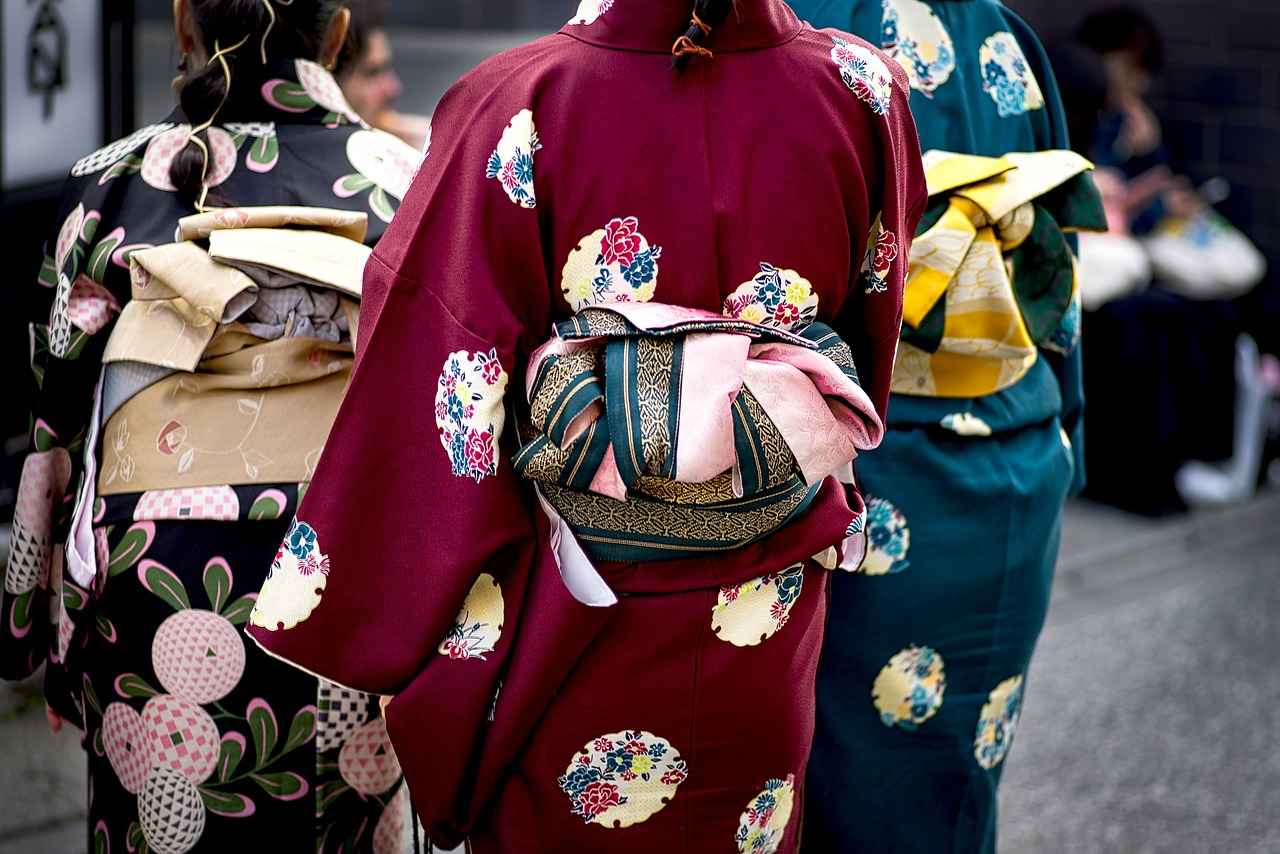
What is a Kimono?
A kimono is not just a piece of clothing; it is a cultural icon that represents the rich heritage of Japan. This traditional garment is characterized by its long sleeves and wrap-around design, which is often secured with an obi, or sash. The kimono has evolved significantly over the centuries, reflecting changes in fashion, culture, and societal norms.
The origins of the kimono can be traced back to the Heian period (794-1185), a time when it was primarily a simple garment. As Japan’s history progressed, so did the kimono, which began to incorporate intricate designs, vibrant colors, and elaborate fabrics. Each kimono tells a story, often reflecting the wearer’s social status, age, and the occasion for which it is worn.
During the Edo period (1603-1868), the kimono underwent a transformation, becoming more accessible to the general population. The styles became more diverse, with different patterns and colors representing various seasons and events. This period also saw the rise of the furisode, a formal kimono for young unmarried women, known for its long sleeves and vibrant hues, symbolizing youth and vitality.
Another popular type is the yukata, a casual summer kimono made of lightweight cotton, often worn during festivals and outdoor events. Its simplicity and comfort have made it a favorite among people of all ages.
The craftsmanship involved in making a kimono is remarkable. Traditional techniques such as hand-dyeing and weaving are still practiced today, ensuring that the art of kimono-making is preserved for future generations. The choice of materials, including silk and cotton, plays a crucial role in determining the garment’s elegance and suitability for different occasions.
In modern Japan, the kimono continues to hold cultural significance. It is prominently featured in ceremonies such as weddings, tea ceremonies, and festivals. Each event has specific kimono styles that enhance its importance, showcasing the deep-rooted traditions of Japanese culture.
In conclusion, the kimono is a timeless symbol of Japan’s rich heritage. Its evolution over the centuries, coupled with its cultural significance, makes it a fascinating subject of study. Whether worn for special occasions or admired as an art form, the kimono embodies the beauty and intricacy of Japanese tradition.
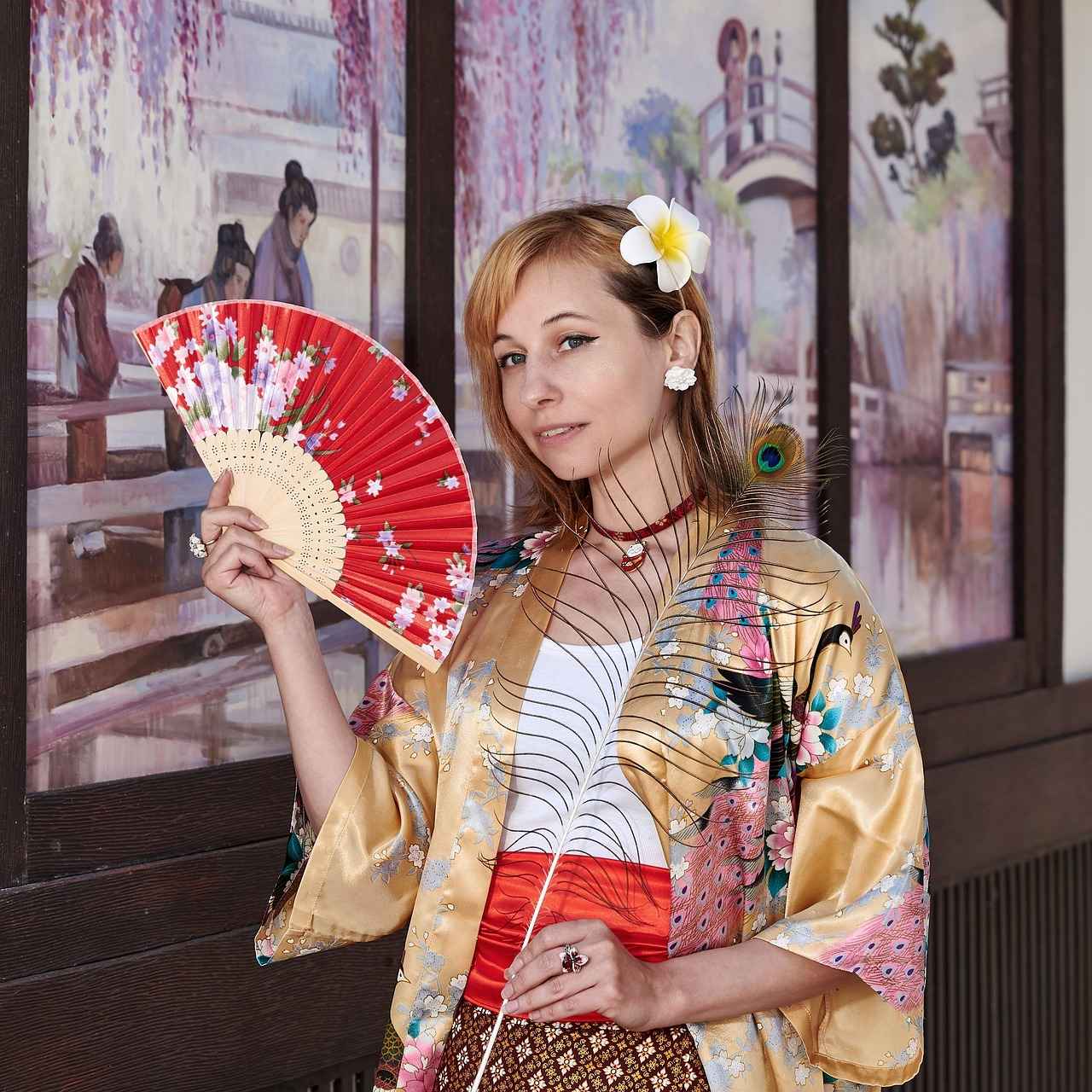
The Origins of Kimono
The kimono is a quintessential symbol of Japanese culture, with roots that trace back to the Heian period (794-1185). Initially, it was a simple garment, but its evolution reflects the intricate tapestry of Japan’s history and social dynamics. Understanding the origins of the kimono offers profound insights into its cultural significance and the transformations it has undergone over the centuries.
During the Heian period, the kimono began to take shape as a layered garment, often made from luxurious silk. This era was characterized by a focus on aesthetics, where clothing was not just functional but also a means of self-expression. The layering technique allowed for a variety of styles, colors, and patterns to emerge, showcasing the wearer’s status and taste.
Fabric and Dyes in Early Kimono
Early kimonos were crafted from high-quality silk and dyed using natural pigments, which were derived from plants and minerals. This practice reflected the artistry and resources available in ancient Japan. The choice of fabric and dye was not merely a matter of preference; it signified social standing and seasonal appropriateness.
Design Influences in the Heian Era
The designs of kimonos during the Heian period were heavily influenced by the aesthetics of court culture. Motifs often depicted elements of nature, such as flowers and animals, alongside seasonal themes. These designs served to convey the wearer’s identity and emotions, making the kimono a canvas for personal expression.
Evolution Through the Ages
As Japan transitioned through various historical periods, the kimono adapted accordingly. The Edo period (1603-1868) saw the emergence of distinct styles that emphasized vibrant colors and intricate patterns, reflecting the changing tastes and societal norms of the time.
In conclusion, the origins of the kimono are deeply intertwined with Japan’s cultural evolution. From its humble beginnings in the Heian period to its status as a symbol of tradition and elegance today, the kimono continues to captivate and inspire. Understanding its history enriches our appreciation for this beautiful garment and the artistry involved in its creation.
Heian Period: The Birth of Kimono
The Heian period, spanning from 794 to 1185, is a significant chapter in Japanese history, particularly in the evolution of the kimono. During this era, the kimono transformed from a simple garment into a complex, layered attire that reflected the intricate fashion sensibilities of the time. This development not only influenced the clothing style of the period but also laid the groundwork for the various types of kimono we recognize today.
The layered design of the kimono during the Heian period was a reflection of the court culture, where clothing became a canvas for artistic expression. The use of multiple layers allowed for a variety of colors and patterns to be displayed, showcasing the wearer’s status and taste. Fabrics such as silk became prominent, often adorned with elaborate designs that represented elements of nature, seasonal changes, and even poetic themes.
Moreover, the dying techniques utilized during this period were revolutionary. Artisans employed natural dyes derived from plants and minerals, creating vibrant hues that were both beautiful and symbolic. The combination of these rich colors and intricate designs made the kimono not just a piece of clothing, but a statement of identity and artistry.
As society evolved, so did the kimono. The Heian period’s emphasis on aesthetics and layered clothing paved the way for future innovations in kimono design, leading to the diverse styles we see today. Each type of kimono, from the formal furisode to the casual yukata, carries with it a story and a connection to Japan’s cultural heritage.
In conclusion, the Heian period was pivotal in establishing the kimono as a symbol of elegance and sophistication. Its layered construction and artistic embellishments not only defined fashion in that era but also ensured the kimono’s lasting legacy in Japanese culture.
Fabric and Dyes in Early Kimono
In the realm of traditional Japanese clothing, the kimono holds a prestigious place, not just for its aesthetic appeal but also for the rich history embedded within its fabric and dyes. The early kimonos were primarily crafted from luxurious silk, a material that not only provided a soft touch but also showcased the artistry of Japanese textile production.
The use of silk in kimono making can be traced back to the Heian period, where it was a symbol of status and elegance. Artisans dedicated countless hours to weaving intricate patterns that reflected both cultural values and the natural beauty of Japan. The choice of silk was no accident; it was a representation of the wealth and sophistication of the wearer.
Moreover, the colors of early kimonos were derived from natural dyes, which were extracted from plants, minerals, and even insects. This method of dyeing not only ensured vibrant hues but also maintained a deep connection to nature. The use of these dyes was an art form in itself, with each color carrying its own symbolism. For instance, indigo was often associated with protection, while red symbolized good fortune and happiness.
As the kimono evolved, so did the techniques involved in its creation. The blending of dyes and the meticulous attention to detail in fabric selection played a crucial role in defining the elegance of the garment. This intricate craftsmanship has been preserved over generations, making the kimono not just a piece of clothing but a canvas of history and culture.
In conclusion, the fabric and dyes used in early kimonos are more than mere materials; they are a testament to the artistry and resources available in ancient Japan. Each kimono tells a story, woven into its very fabric, that continues to resonate with the beauty and depth of Japanese heritage.
Design Influences in the Heian Era
The Heian period (794-1185) marked a pivotal time in Japanese history, particularly in the realm of fashion and cultural expression. The design of kimonos during this era was profoundly influenced by the intricacies of court culture, reflecting the values, aesthetics, and social hierarchies of the time. This article delves into the various aspects of kimono design during the Heian period, focusing on motifs, materials, and their significance in representing the wearer’s identity.
One of the most notable characteristics of Heian-era kimonos was their elaborate motifs. Designers often incorporated elements from nature and the seasons, such as cherry blossoms, waves, and mountains, which symbolized the transient beauty of life. These motifs were not merely decorative; they conveyed deeper meanings related to the wearer’s status and personality. For instance, a kimono adorned with seasonal flowers could indicate the wearer’s appreciation for nature and its cycles.
Additionally, the color palette used in kimono design during the Heian period played a significant role in conveying social status. Bright, vibrant colors were often reserved for the nobility, while muted tones were more common among the lower classes. This color coding created a visual hierarchy that was easily recognizable within the court and society at large.
Furthermore, the layering of kimonos became an art form in itself. Women would wear multiple layers, known as junihitoe, which not only added to the aesthetic appeal but also served practical purposes, such as warmth and modesty. Each layer could be made from different fabrics, showcasing the wearer’s wealth and taste.
In conclusion, the design of kimonos during the Heian period was a rich tapestry of cultural influences, artistry, and social commentary. The intricate motifs and color choices were not only a reflection of the natural world but also a means of expressing the wearer’s identity and status within the complex social structure of the time.
Evolution Through the Ages
The Fascinating History Behind Types of Kimono
This article explores the rich history and diverse types of kimono, highlighting their cultural significance, evolution, and the craftsmanship involved in creating these traditional garments.
What is a Kimono?
A kimono is a traditional Japanese garment characterized by its long sleeves and wrap-around design. It serves as a symbol of Japanese culture and has evolved in style and significance over centuries.
The Origins of Kimono
The history of kimono dates back to the Heian period (794-1185), where it originated as a simple garment. Understanding its beginnings provides insight into its cultural importance and transformation over time.
Heian Period: The Birth of Kimono
During the Heian period, the kimono emerged as a layered garment, showcasing the intricate fashion of the time. This era laid the foundation for the styles we recognize today.
Fabric and Dyes in Early Kimono
Early kimonos were made from silk and featured natural dyes, reflecting the artistry and resources available in ancient Japan. These materials were crucial in defining the garment’s elegance.
Design Influences in the Heian Era
The design of kimonos during the Heian period was heavily influenced by court culture, with motifs that represented nature, seasons, and social status, showcasing the wearer’s identity.
As Japan transitioned through various historical periods, the kimono adapted to reflect societal changes. The Edo period (1603-1868) marked a significant transformation, characterized by vibrant colors and intricate patterns. During this time, the kimono became a canvas for artistic expression, with designs that often depicted landscapes, flora, and fauna, reflecting the aesthetics of the era.
Furthermore, the Edo period saw the rise of merchant class fashion, leading to a democratization of kimono styles. Previously, elaborate designs and certain colors were reserved for the nobility, but as the social structure evolved, so did the accessibility of these beautiful garments. The introduction of new dyeing techniques allowed for a broader palette of colors, making kimonos more visually striking and varied.
Additionally, the influence of Western fashion began to creep into kimono styles towards the end of the Edo period, prompting a gradual shift in how kimonos were worn and styled. This blending of cultural influences paved the way for modern interpretations of the kimono, which continue to resonate in contemporary fashion.
Types of Kimono
- Furisode: A formal kimono for young unmarried women, known for its long sleeves and vibrant colors.
- Yukata: A lightweight cotton kimono typically worn in summer, perfect for festivals and outdoor events.
The Craftsmanship of Kimono Making
Creating a kimono involves meticulous craftsmanship, from selecting the fabric to intricate sewing techniques. This section delves into the artistry and skill required in kimono production.
Conclusion: The Timeless Appeal of Kimono
The kimono remains a timeless symbol of Japanese heritage, embodying the beauty of tradition and craftsmanship. Its rich history and cultural significance continue to inspire appreciation and respect worldwide.
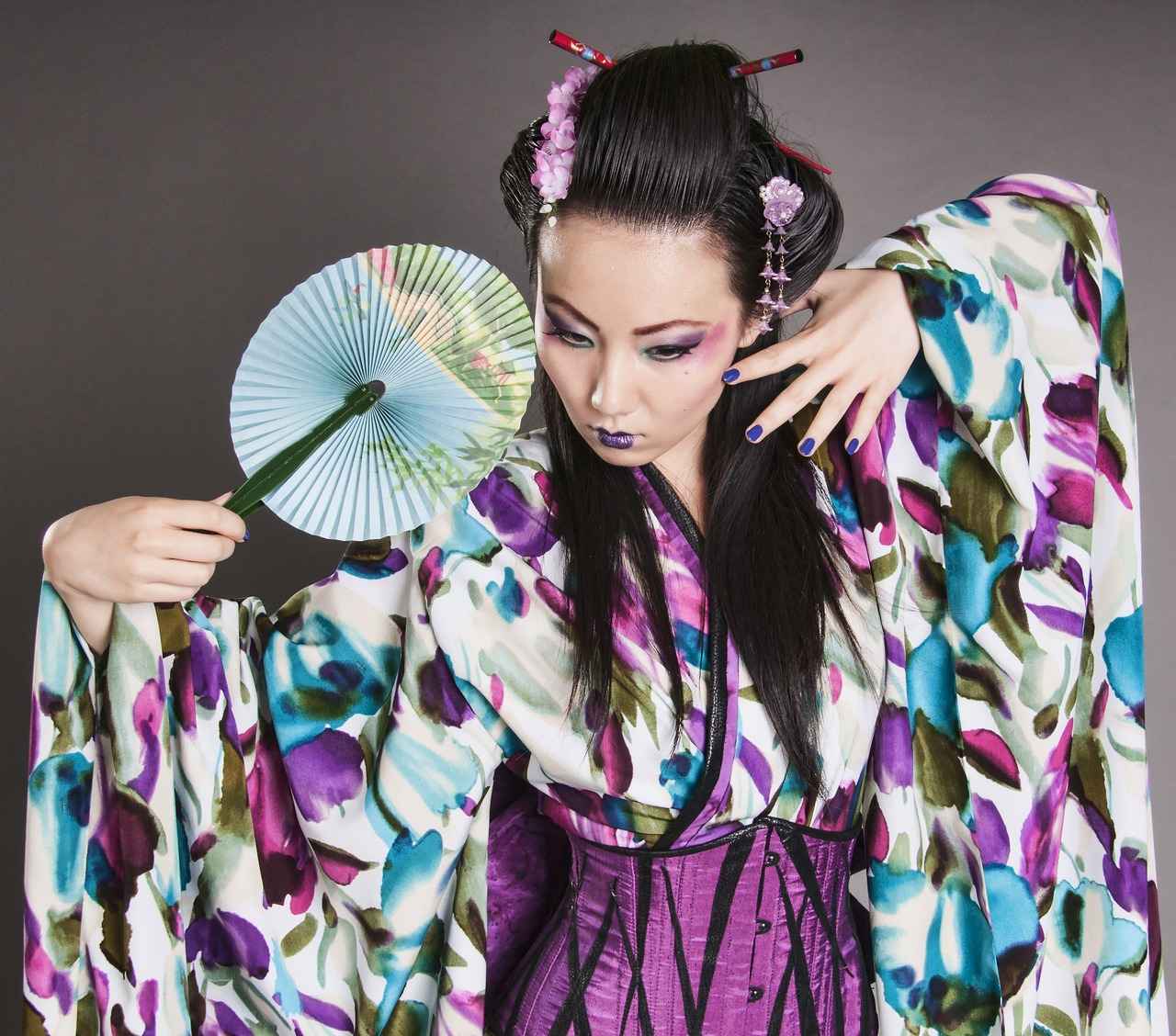
Types of Kimono
Kimono, the iconic garment of Japan, comes in a variety of styles, each designed for specific occasions and purposes. Understanding these not only enhances appreciation for their beauty but also provides insight into the cultural practices they represent. Below are some of the most notable types:
| Type of Kimono | Description | Occasions |
|---|---|---|
| Furisode | A formal kimono with long sleeves, typically worn by young unmarried women. | Weddings, Coming of Age ceremonies, and other formal events. |
| Yukata | A casual, lightweight kimono made of cotton, ideal for summer wear. | Summer festivals, fireworks displays, and casual outings. |
| Tomesode | A formal kimono for married women, characterized by shorter sleeves and elegant designs. | Weddings and formal family gatherings. |
| Hifu | A traditional sleeveless kimono often worn over other garments. | Seasonal festivals and casual events. |
| Iromuji | A single-colored kimono, often used for formal occasions. | Tea ceremonies and formal gatherings. |
Each type of kimono not only reflects the wearer’s personal style but also signifies their social status and the cultural importance of the occasion. For instance, the Furisode is often adorned with vibrant colors and intricate patterns, symbolizing the joyful spirit of youth, while the Tomesode embodies elegance and sophistication, suitable for married women.
Conclusion: The diversity of kimono types showcases the rich tapestry of Japanese culture, where each garment tells a story of tradition, occasion, and personal expression. By understanding these distinctions, one can truly appreciate the art and significance of kimono in Japanese society.
Furisode: The Youthful Elegance
Furisode is a captivating and traditional Japanese garment that holds a special place in the hearts of many. This formal kimono, characterized by its long, flowing sleeves and vibrant colors, is specifically designed for young unmarried women. The term “furisode” itself translates to “swinging sleeves,” which perfectly encapsulates the elegance and grace embodied by this beautiful attire.
Historically, furisode has been a symbol of youth and femininity. It is often worn during significant life events, such as coming-of-age ceremonies, weddings, and traditional festivals. The vibrant colors and intricate patterns of the furisode reflect the wearer’s personality and social status, making it a canvas for artistic expression.
When it comes to design and craftsmanship, furisode kimonos are meticulously crafted using high-quality silk, often adorned with elaborate designs that may include floral motifs, seasonal themes, or even family crests. The dyeing techniques used in creating these kimonos are passed down through generations, ensuring that each piece is unique and steeped in tradition.
Wearing a furisode is not just about the garment itself; it is an experience. Young women often don this attire during Shichi-Go-San (a festival celebrating the growth of children) or their seijin shiki (coming-of-age ceremony) at the age of twenty. The act of wearing a furisode connects them to their cultural heritage and marks a significant transition in their lives.
In modern Japan, while the furisode remains a traditional garment, it has also adapted to contemporary fashion trends. Many young women are now opting for furisode designs that incorporate modern elements, allowing them to celebrate their heritage while expressing their individuality.
In conclusion, the furisode is more than just a garment; it is a rich symbol of culture, tradition, and personal identity. Its vibrant colors and elegant design continue to captivate hearts, making it a cherished piece of Japanese heritage.
Yukata: The Casual Summer Wear
Yukata is a traditional Japanese garment that embodies the essence of summer, offering both comfort and style. This lightweight cotton kimono is particularly popular during the hot months, making it a staple for various outdoor festivities and cultural events.
Typically characterized by its simple yet elegant design, the yukata features vibrant colors and patterns that reflect the beauty of nature. Its casual style allows individuals of all ages to enjoy the warmth of summer while participating in traditional activities such as fireworks festivals and bon odori dances.
- Comfortable Fit: The yukata is designed for ease of movement, making it ideal for warm weather.
- Variety of Designs: Yukatas come in an array of colors and patterns, allowing wearers to express their personal style.
- Accessories: Often paired with a obi (sash) and traditional footwear like geta or zori, enhancing the overall look.
Historically, the yukata originated as a bathrobe worn after visiting an onsen (hot spring). Over time, it evolved into a fashionable garment worn during summer festivities. Today, it is a symbol of Japanese culture, celebrated for its casual elegance and versatility.
Moreover, the yukata is not just limited to festivals; it has found its way into modern fashion, with many designers incorporating yukata-inspired elements into contemporary clothing. This blend of tradition and modernity keeps the yukata relevant in today’s fashion scene.
In conclusion, the yukata is more than just a summer garment; it represents a rich cultural heritage and continues to be a beloved choice for both locals and visitors. Whether attending a festival or enjoying a summer evening, the yukata offers a unique way to experience the beauty of Japanese tradition.
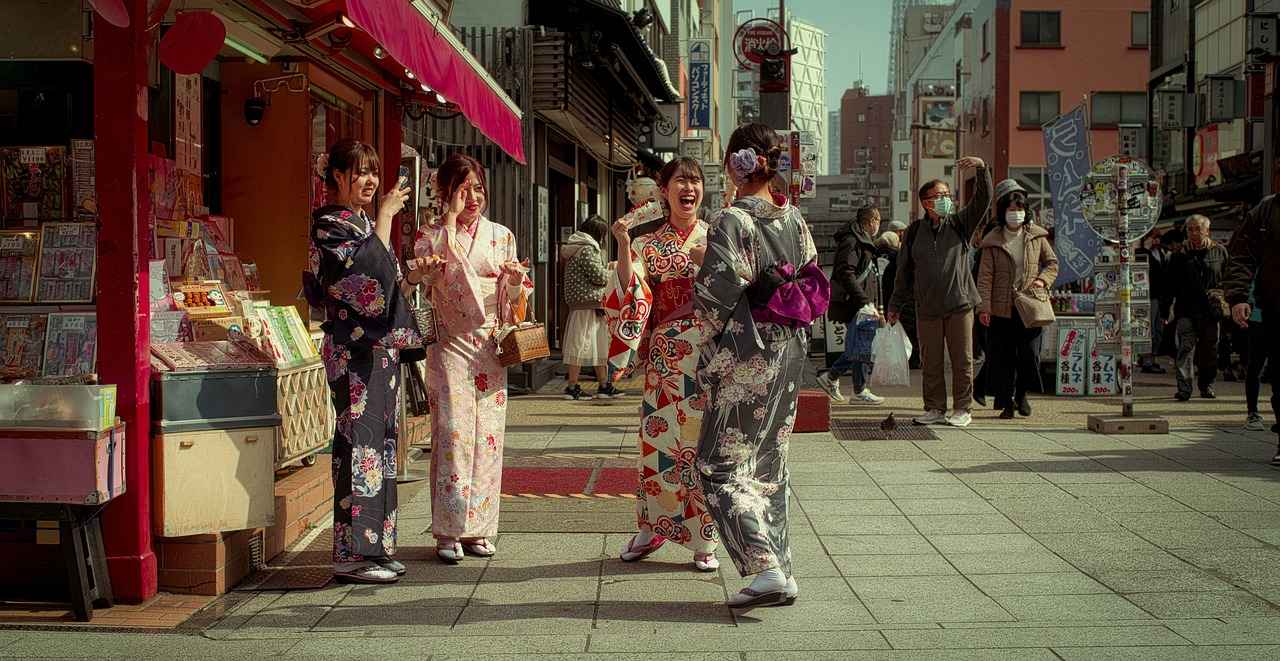
The Craftsmanship of Kimono Making
is a fascinating journey into the heart of Japanese culture. Each kimono is a masterpiece, reflecting the dedication and skill of artisans who have honed their craft over generations. This section explores the intricate processes involved in creating these traditional garments, emphasizing the artistry and precision required.
Creating a kimono involves several critical steps, beginning with the careful selection of high-quality fabrics. Traditionally, silk has been the fabric of choice due to its luxurious feel and sheen. However, modern kimonos may also incorporate cotton and synthetic materials, each offering unique aesthetics and functional benefits.
| Fabric Type | Characteristics |
|---|---|
| Silk | Luxurious, smooth, and vibrant colors |
| Cotton | Lightweight, breathable, ideal for summer wear |
| Synthetic | Durable, easy to maintain, versatile |
Once the fabric is chosen, the next step is the design process. Artisans often draw inspiration from nature, historical motifs, and seasonal themes. This design phase is crucial as it determines the overall aesthetic of the kimono, including its colors, patterns, and styles.
After the design is finalized, the sewing techniques come into play. Traditional kimono-making employs hand-sewing methods, ensuring precision and quality. The sewing process includes layering and folding, which are essential for achieving the kimono’s signature silhouette. Each stitch is a testament to the artisan’s skill, requiring patience and attention to detail.
- Hand-Dyeing: A time-honored technique that allows for unique color gradients and patterns.
- Weaving: Intricate patterns are often woven directly into the fabric, adding depth and texture.
- Embellishments: Additional elements like embroidery and appliqué enhance the garment’s beauty.
In conclusion, the craftsmanship of kimono making is not just about creating clothing; it is about preserving a rich cultural heritage. The meticulous processes involved—from fabric selection to sewing techniques—highlight the artistry that defines this traditional garment. As we continue to appreciate kimonos, we also honor the skilled artisans who keep this beautiful tradition alive.
Materials Used in Kimono Production
Kimonos are exquisite garments that reflect the rich cultural heritage of Japan. The materials used in their production play a crucial role in determining their overall aesthetic, comfort, and functionality. Understanding these materials not only enhances our appreciation for kimonos but also highlights the artistry involved in their creation.
Silk: The Traditional Choice
Silk is the most traditional and luxurious fabric used in kimono making. It is known for its soft texture, luster, and breathability. The use of silk in kimonos dates back centuries and is often associated with formal occasions such as weddings and tea ceremonies. The natural sheen of silk enhances the beauty of intricate designs and patterns, making it a preferred choice for high-quality garments.
Cotton: The Casual Alternative
Cotton is another popular material, especially for yukatas, which are casual summer kimonos. This fabric is lightweight, comfortable, and easy to care for, making it ideal for warm weather and outdoor festivals. Cotton kimonos often feature vibrant colors and playful patterns, appealing to a younger audience and those seeking a more relaxed style.
Synthetic Fabrics: Modern Innovations
With advancements in textile technology, synthetic fabrics have become increasingly popular in kimono production. These materials can mimic the look and feel of silk and cotton while offering greater durability and ease of maintenance. They are often used in everyday wear, allowing for a wider variety of styles and designs that cater to modern tastes.
Conclusion
The choice of fabric in kimono production is a reflection of the garment’s intended use and the cultural context in which it is worn. Whether it’s the luxurious feel of silk, the casual comfort of cotton, or the practicality of synthetic materials, each fabric contributes to the unique character of the kimono, ensuring its place as a cherished symbol of Japanese tradition.
Traditional Techniques in Kimono Crafting
The art of kimono-making is a meticulous process that embodies the essence of Japanese culture and tradition. At the heart of this craft are traditional techniques that have been preserved and refined over centuries, ensuring that each kimono is not just a garment but a piece of art.
One of the most significant techniques used in kimono crafting is hand-dyeing. This process often involves methods such as shibori (tie-dyeing) and yuzen (a detailed painting technique), allowing artisans to create vibrant and intricate patterns that reflect the beauty of nature and the changing seasons. Each dyeing technique has its own unique characteristics, contributing to the overall aesthetic of the kimono.
Another crucial aspect of kimono-making is weaving. Traditionally, kimonos are made from silk, which is woven using techniques like rinzu (a type of silk with a subtle pattern) and chirimen (crepe fabric). These weaving methods not only enhance the texture of the fabric but also add depth and richness to the colors, making each kimono a unique masterpiece.
| Technique | Description |
|---|---|
| Hand-Dyeing | Involves methods like shibori and yuzen to create intricate patterns. |
| Weaving | Utilizes silk and techniques such as rinzu and chirimen for texture and color depth. |
The combination of these traditional techniques not only preserves the art of kimono-making but also ensures that each piece tells a story, reflecting the wearer’s identity and the cultural significance of the occasion it is worn for. As modern fashion evolves, these time-honored methods continue to inspire new generations of artisans, keeping the spirit of kimono craftsmanship alive.
In conclusion, the traditional techniques involved in kimono crafting are essential to understanding the garment’s cultural significance. They represent a fusion of art, history, and identity, making each kimono a timeless treasure.

The Cultural Significance of Kimono
Kimonos are not merely garments; they are a profound representation of Japanese culture and tradition. Their significance extends beyond fashion, deeply intertwined with the history, ceremonies, and social customs of Japan. This article explores the cultural relevance of kimonos in modern Japan and their role in various ceremonies.
In contemporary Japan, the kimono serves as a symbol of national identity. Although Western clothing dominates daily life, kimonos are donned during significant events, showcasing their enduring appeal. The intricate designs and vibrant colors of kimonos reflect the wearer’s personality and status, making them an essential part of Japanese ceremonies.
- Weddings: Kimonos are a staple in traditional Japanese weddings. The bride typically wears a shiromuku, a pure white kimono, symbolizing purity and new beginnings. The groom often dons a montsuki, a formal black kimono, showcasing elegance and respect.
- Tea Ceremonies: During tea ceremonies, participants wear kimonos that embody grace and formality. The choice of kimono often reflects the season, enhancing the overall aesthetic of the ceremony.
- Festivals: Various festivals across Japan celebrate local culture, and kimonos play a vital role. For instance, during the Gion Matsuri in Kyoto, participants wear colorful kimonos, adding vibrancy to the festivities.
Moreover, kimonos have adapted to modern fashion, with designers incorporating contemporary elements while preserving traditional craftsmanship. This fusion allows kimonos to remain relevant, appealing to younger generations who seek to honor their heritage while embracing modernity.
In conclusion, the kimono is a timeless emblem of Japanese culture, representing not only clothing but also a deep connection to tradition and identity. Its role in ceremonies and its adaptability to modern fashion ensure that kimonos will continue to be cherished for generations to come.
Kimono in Japanese Ceremonies
Kimonos hold a significant place in the heart of Japanese culture, especially during various ceremonies that mark important life events. These traditional garments are not merely clothing; they embody deep cultural meanings and are integral to the rituals that define Japanese society.
In weddings, kimonos are often adorned with intricate patterns and vibrant colors, symbolizing joy and the beginning of a new life. The shiromuku, a pure white kimono, is traditionally worn by brides, representing purity and the start of a new journey. After the ceremony, brides may change into a colorful uchikake, further enhancing the celebratory atmosphere.
During tea ceremonies, the choice of kimono is equally important. Typically, participants don kimono that reflect the season or the formality of the event. The color and design of the kimono can signify the host’s respect for guests and the importance of the occasion. For instance, muted colors and simple patterns are preferred for more formal gatherings, while brighter hues may be chosen for casual events.
Festivals, or matsuri, also showcase the diversity of kimono styles. During these lively celebrations, individuals often wear yukata, a casual summer kimono made of cotton, which allows for comfort and ease of movement. The vibrant colors and playful patterns of yukata reflect the festive spirit and joy of the occasion, making them a popular choice among all ages.
Each of these ceremonies highlights the cultural significance of kimonos in Japan. The styles chosen for each event not only enhance the visual beauty of the participants but also serve to deepen the meaning of the rituals being performed. As such, kimonos continue to play a vital role in preserving Japanese traditions and cultural identity.
Modern Adaptations of Kimono
In contemporary Japan, the kimono has undergone a remarkable transformation, adapting to the ever-changing landscape of fashion and lifestyle. This evolution reflects not only the cultural significance of the kimono but also its ability to resonate with modern sensibilities. Designers are now creatively blending traditional elements with contemporary aesthetics, making kimonos more accessible to a broader audience.
One of the most significant changes in modern kimono design is the use of innovative fabrics. While traditional kimonos are typically crafted from silk, today’s designers are experimenting with a variety of materials, including cotton, linen, and even synthetic blends. This shift not only enhances comfort but also allows for a wider range of styles and colors, appealing to younger generations.
Moreover, the silhouette of the kimono has been reimagined. Contemporary kimonos often feature shorter sleeves and tailored cuts, making them suitable for casual wear or even as part of a business attire. This versatility allows individuals to incorporate kimonos into their daily wardrobe, moving beyond the confines of formal occasions.
Additionally, modern kimonos often showcase bold prints and patterns that reflect current fashion trends. Designers are not afraid to incorporate vibrant colors and graphic designs, making the kimono a statement piece that can stand out in any setting. This fusion of tradition and modernity has led to the emergence of streetwear styles that celebrate the kimono’s heritage while appealing to contemporary tastes.
Social media platforms have also played a crucial role in popularizing modern kimonos. Influencers and fashion enthusiasts share their unique styling ideas, inspiring others to embrace this traditional garment in innovative ways. This visibility has fostered a renewed appreciation for the kimono, encouraging a younger audience to explore its rich history.
In conclusion, the modern adaptations of the kimono signify its resilience and relevance in today’s fashion landscape. By embracing new materials, designs, and cultural influences, the kimono continues to evolve, ensuring its place as a cherished symbol of Japanese heritage while appealing to a global audience.
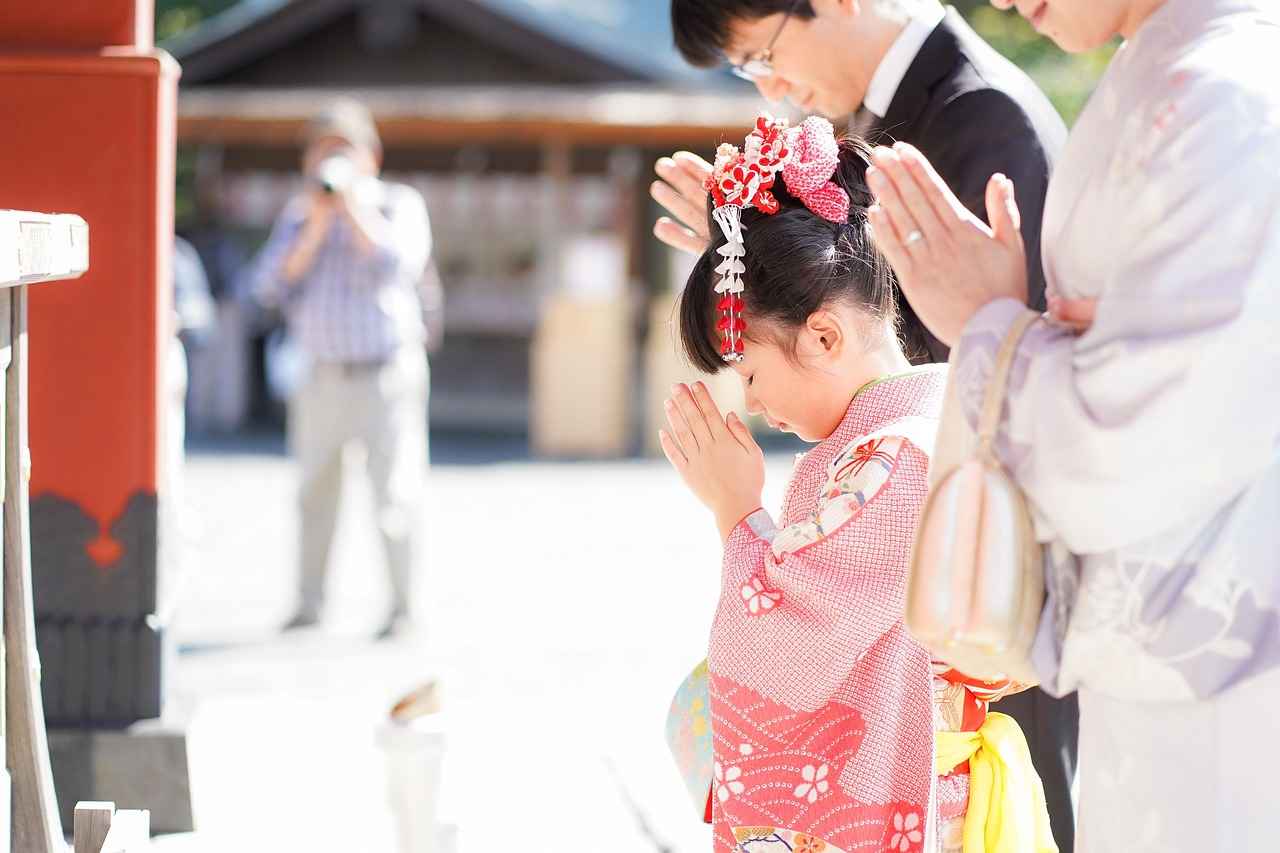
Conclusion: The Timeless Appeal of Kimono
The kimono is not merely a garment; it is a timeless emblem of Japanese heritage, intricately woven with threads of tradition and craftsmanship. Originating from a rich tapestry of cultural history, the kimono encapsulates the essence of Japan, making it a subject of admiration and respect across the globe.
Throughout the ages, the kimono has evolved, mirroring the socio-cultural shifts within Japan. Each type of kimono, from the elegant furisode worn by young women to the casual yukata enjoyed during summer festivals, carries its own unique significance. This diversity not only highlights the garment’s adaptability but also its role in various ceremonial occasions such as weddings, tea ceremonies, and seasonal festivals.
The craftsmanship behind each kimono is a testament to the skill and dedication of artisans who have honed their techniques over generations. The use of high-quality materials, including silk and cotton, combined with traditional methods like hand-dyeing and weaving, ensures that each piece is not only beautiful but also a work of art. This meticulous attention to detail contributes to the kimono’s status as a cherished cultural artifact.
In contemporary society, the kimono continues to inspire a blend of modern fashion and traditional aesthetics. Designers are reinterpreting this classic garment, making it accessible to a wider audience while preserving its cultural roots. This fusion of old and new allows the kimono to remain relevant, ensuring that it continues to be a symbol of Japanese identity.
In conclusion, the kimono stands as a powerful representation of Japan’s cultural legacy, embodying a rich history that resonates with both tradition and modernity. Its enduring appeal lies in its ability to connect generations, reminding us of the beauty and significance of heritage in our ever-changing world.
Frequently Asked Questions
- What is the significance of wearing a kimono?
The kimono is more than just a garment; it’s a living piece of Japanese culture. Wearing a kimono often signifies respect for tradition and is commonly worn during important ceremonies like weddings and festivals. It’s a way to connect with Japan’s rich history.
- Are there different types of kimono for various occasions?
Absolutely! Kimonos come in various styles, each suited for different events. For instance, the Furisode is a formal attire for young unmarried women, while the Yukata is a casual summer kimono perfect for festivals. Understanding these types enhances the appreciation of their unique beauty.
- How are kimonos made?
Kimonos are crafted with meticulous attention to detail. The process involves selecting high-quality fabrics like silk or cotton and employing traditional techniques such as hand-dyeing and weaving. This craftsmanship has been passed down through generations, ensuring that each kimono is a work of art.
- Can kimonos be worn in modern settings?
Yes! Kimonos have evolved to fit modern fashion trends. Designers are now blending traditional elements with contemporary styles, making kimonos more accessible and versatile for everyday wear, while still honoring their cultural roots.
